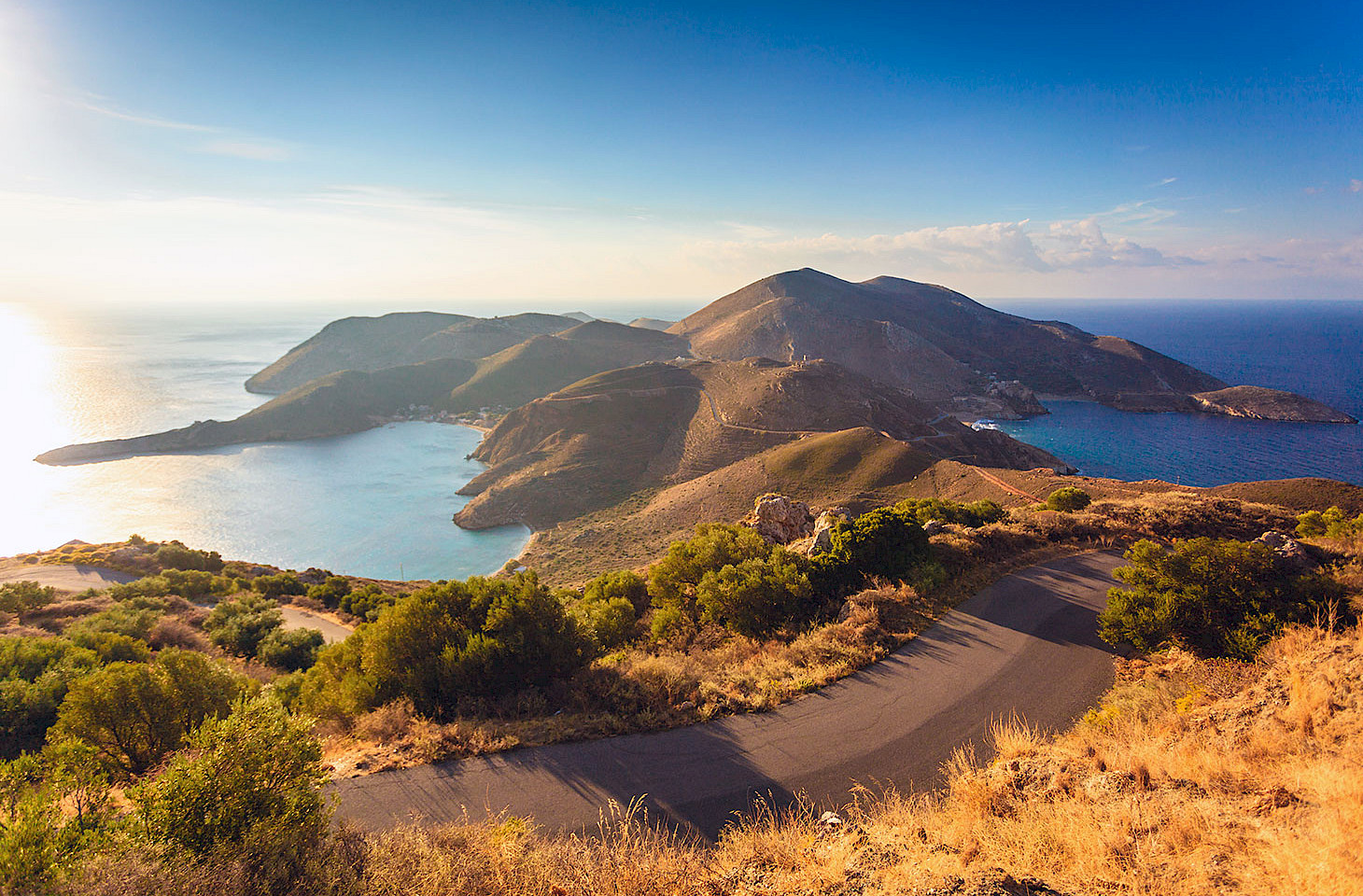It was Brandenburg that really prompted us to reflect on the state of the travel guidebook industry. Brandenburg is a mid-sized town on a cluster of islands amid the watery landscapes that lie between Berlin and the River Elbe. In this area, where the local hydrology was shaped by the melting glaciers of the last ice age, the pattern of drainage is famously complicated. Amid the myriad lakes of the region, dry land appears as a rare blessing.
The town of Brandenburg has always punched above its weight. It was a major ecclesiastical centre long before Berlin featured on any maps. That Brandenburg has given its name to an entire German state speaks of the town’s erstwhile clout (even though the current state capital in Potsdam is a much larger city and one that also boasts oodles of history). And it is not just a big swathe of sparsely populated territory that takes its name from Brandenburg. The eponymous margravate was for over six centuries a cornerstone of the Holy Roman Empire and during the eighteenth century the Electors of Brandenburg found themselves mightily promoted to become Kings of Prussia. All these circumstances, plus six Bach concertos and Berlin’s most famous gate, conspire to ensure that the little town in the Havelland is firmly inscribed on the European imagination.
Brandenburg-an-der-Havel is just an hour west of Berlin by train. In our view, it rates alongside Rheinsberg and Potsdam as one of a trinity of places beyond the borders of Berlin that might profitably be visited by anyone with an interest in the history of the Hohenzollerns and wanting to understand how that one family helped shape the power of Prussia and the evolution of modern Germany.
Yet our enthusiasm for the town of Brandenburg is sadly not shared by the editors of the Rough Guides series of travel guidebooks. The new Rough Guide to Germany (published in April this year) has dropped all reference to Brandenburg-ander- Havel and, indeed, to dozens of similar small and mid-sized communities across Germany. Comparing the new edition with our old muchthumbed 2004 Rough Guide to Germany, we find that many of the lesser places that featured in the earlier book have been cut from the text. The town of Brandenburg enjoyed good coverage in the old edition. Now it gets not even a mention.



